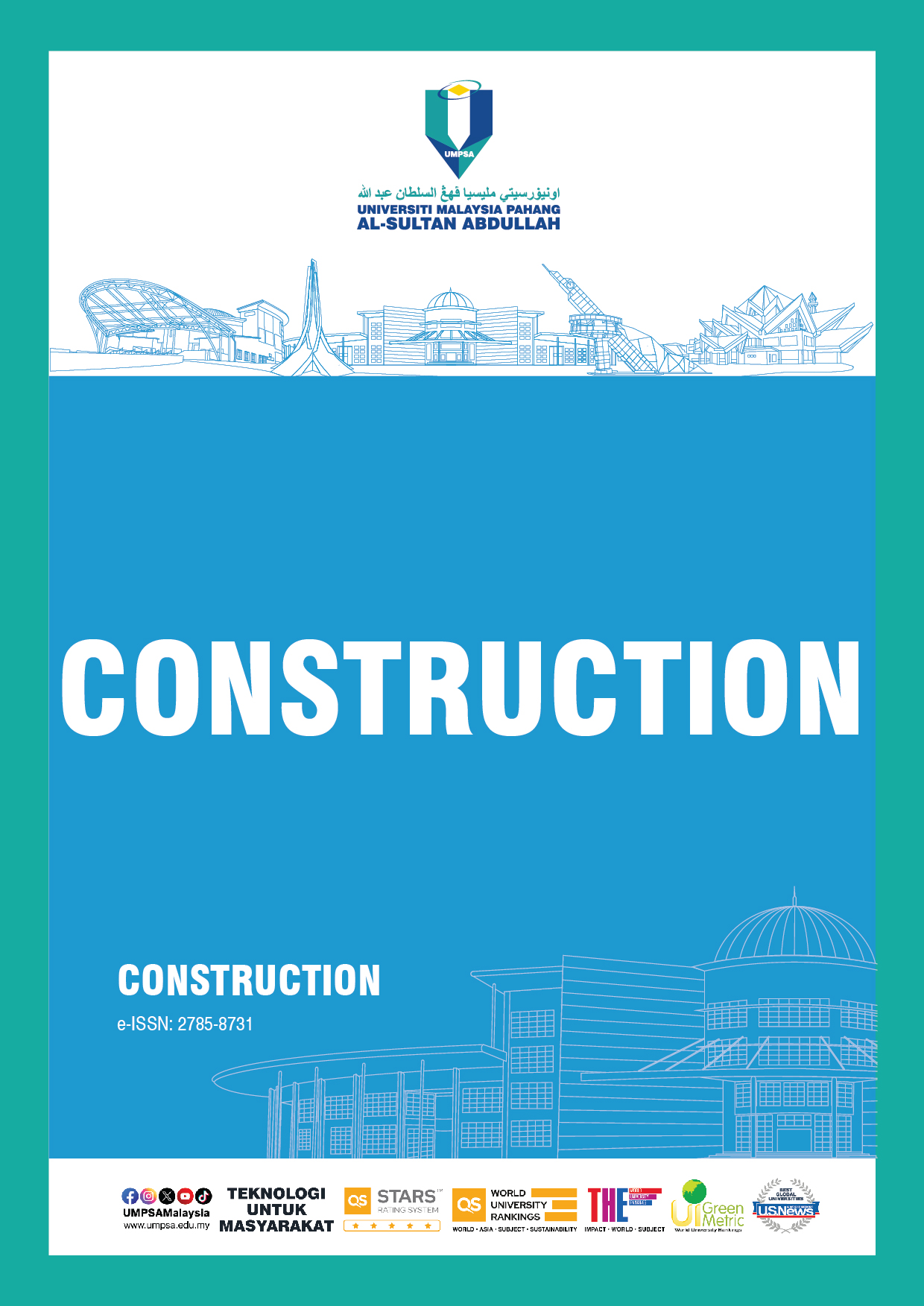Calculation of Proper Time of Concentration for Drainage Design in Construction Projects for Urban Development
DOI:
https://doi.org/10.15282/construction.v3i2.9664Keywords:
Construction, Development project, Drainage, Runoff peak flow, UrbanAbstract
The design and construction of a proper drainage system are important for any urban development project, small or big. Hydrological and hydraulic calculations are used to design the drainage systems. The calculation of peak flow is one of the common hydrological methods applied to determine the drain sizes for all construction projects. Peak flows and hydrographs can be calculated using several techniques. In order to calculate the peak flow, the design rainfall duration has to be appropriate, which will reflect the critical storm duration. The critical storm duration, on the other hand, depends on the time of concentration (tc) of the catchment. However, most of the equations for tc available in the literature are empirical. At least 23 equations could be traced in various references, which consist of different geophysical and other hydrological parameters. This paper is intended to explain the importance of the proper use of tc to calculate peak runoff flow for construction projects, as accurately as possible. A review of the existing methods used to calculate the time of concentration revealed inconsistencies among a few methods found in the literature. The correct value of the time of concentration (tc) is important for the application of the Rational Method, as the value of tc helps the designer assume the storm duration critical to get the maximum peak flow value. If the critical storm duration is not used in the Rational Method, the drain will be undersized, and the overflow of the storm runoff may happen. Therefore, ample attention should be given to the calculation of the time of concentration to ensure the safety, economy, and sustainability of the drainage system in any development project.
Downloads
Downloads
Published
Issue
Section
License
Copyright (c) 2023 The Author(s)

This work is licensed under a Creative Commons Attribution-NonCommercial 4.0 International License.




